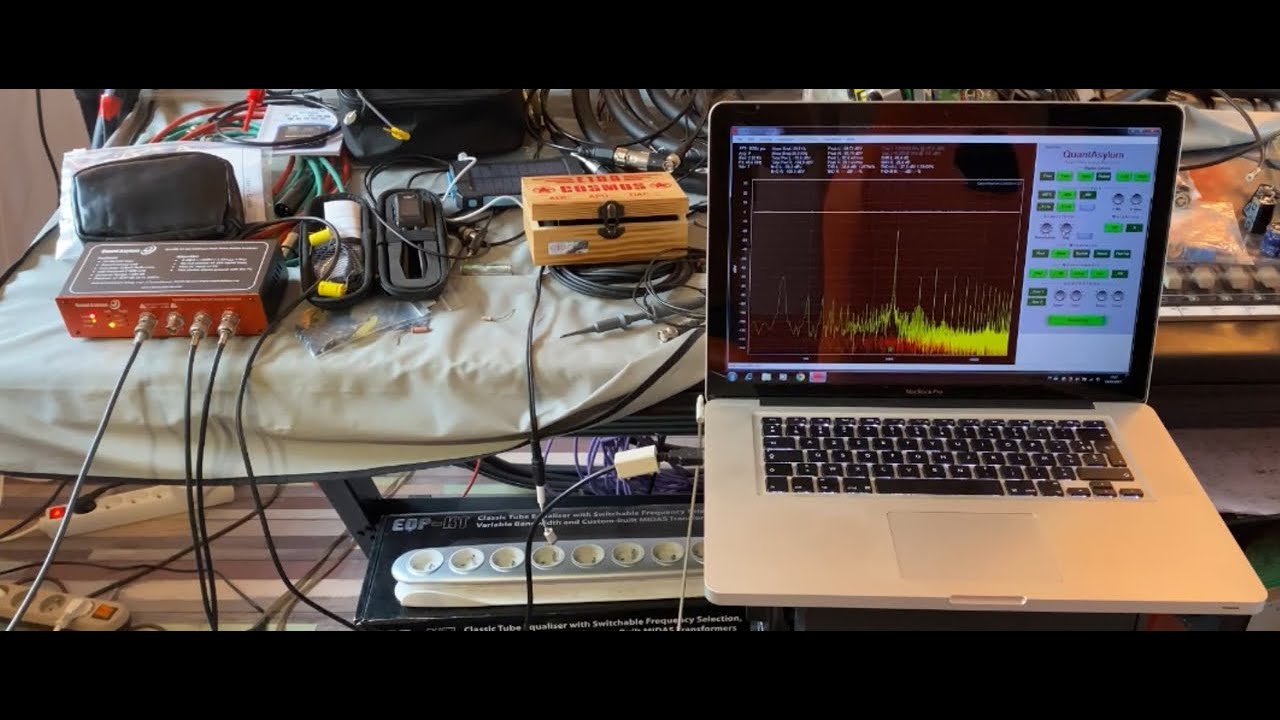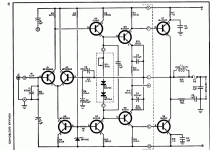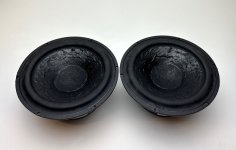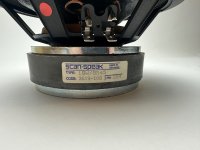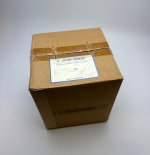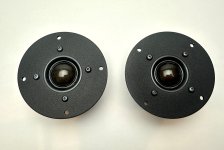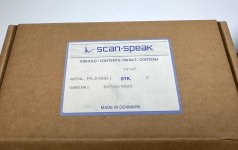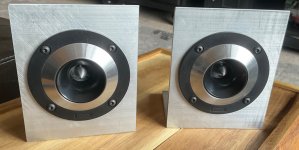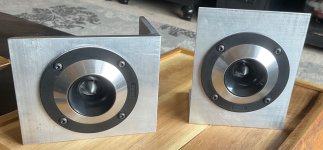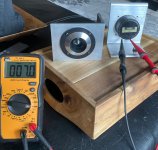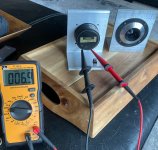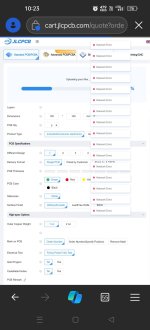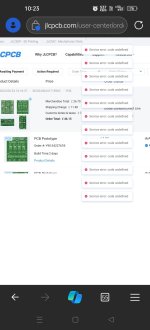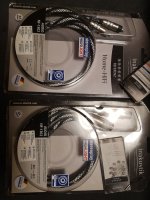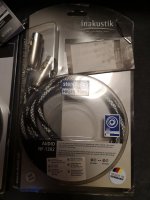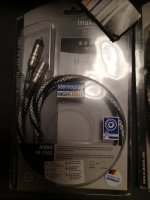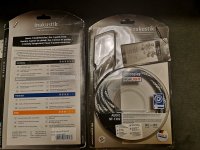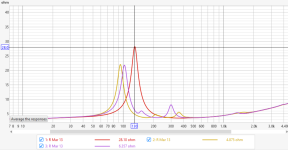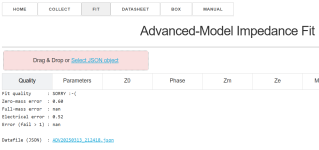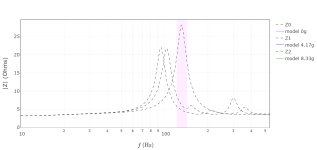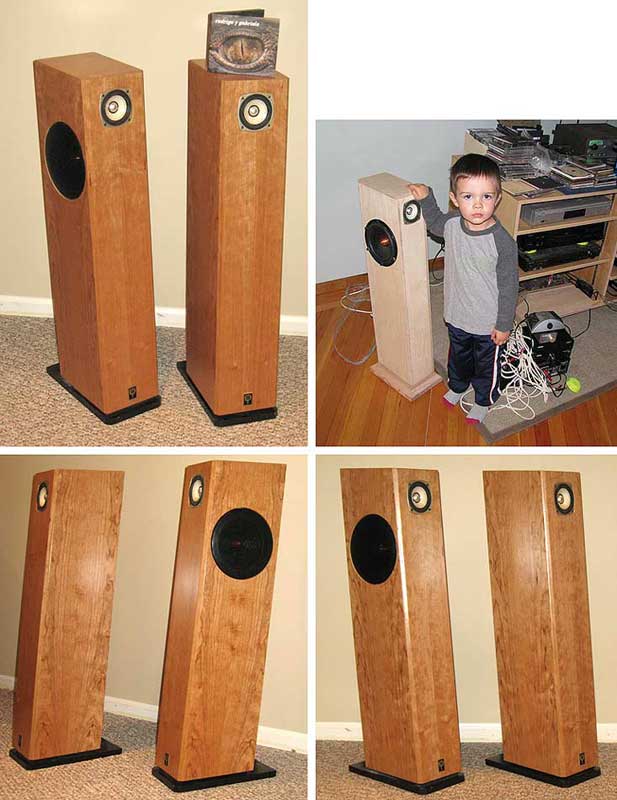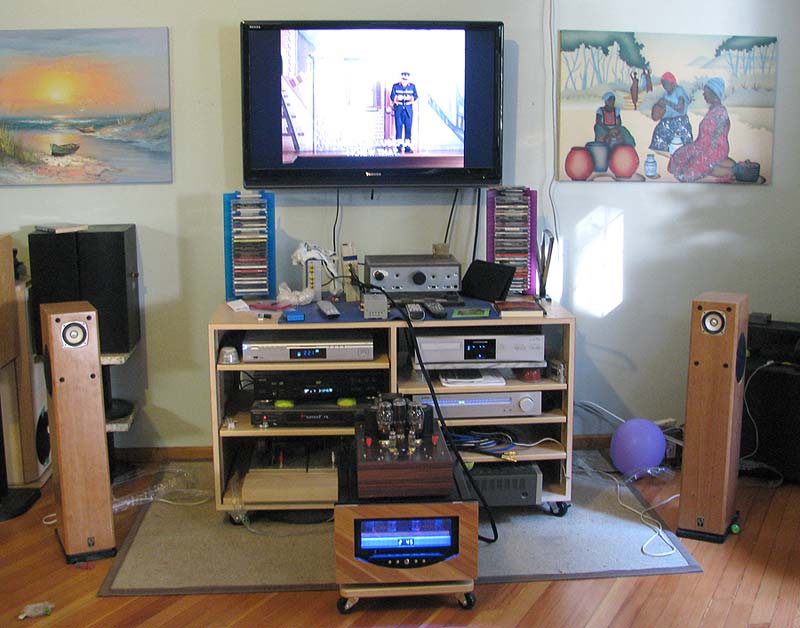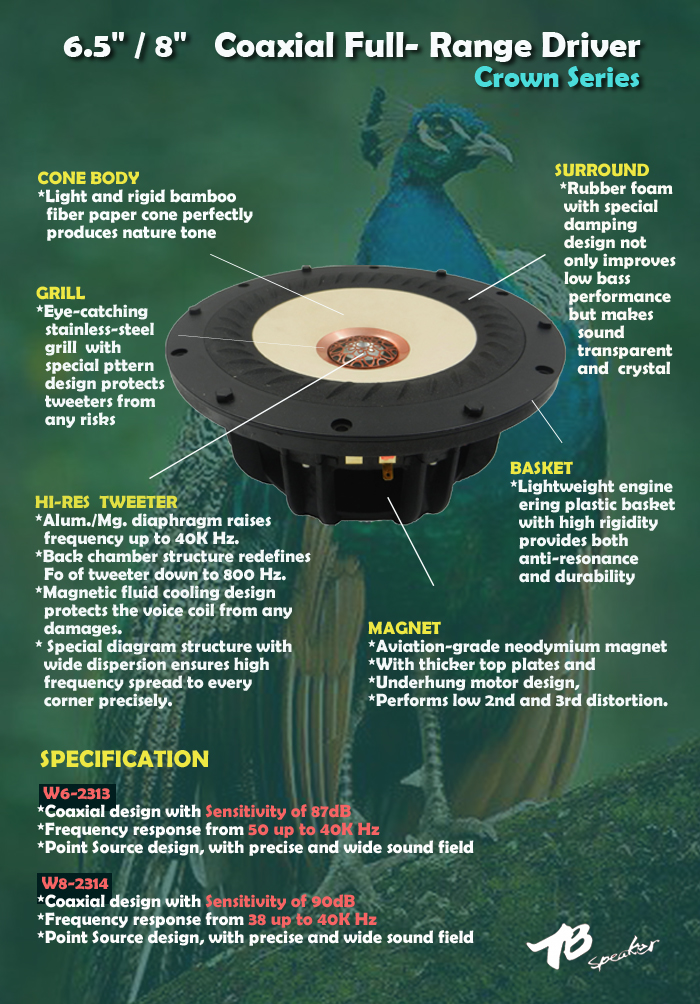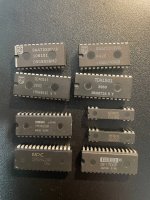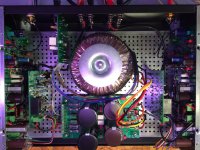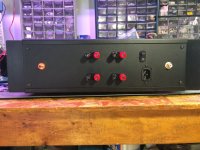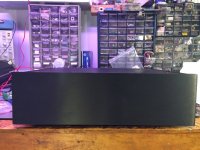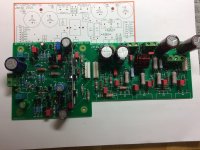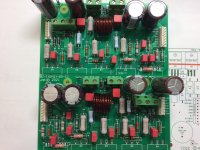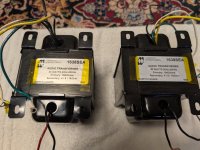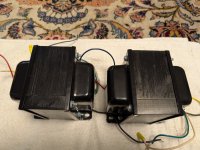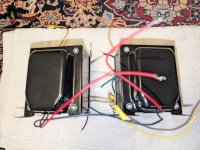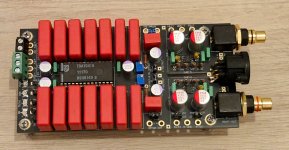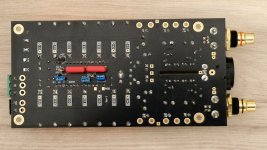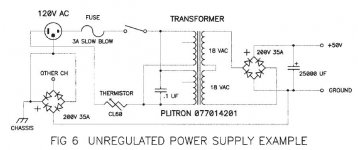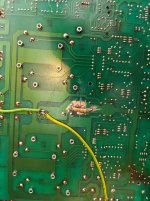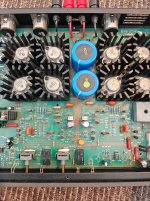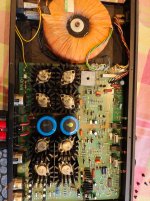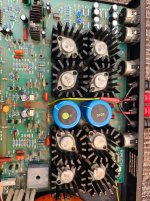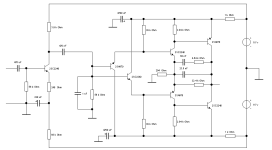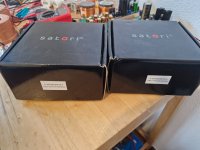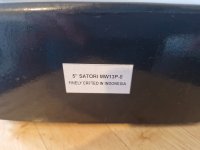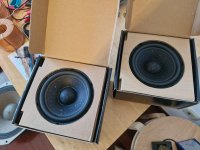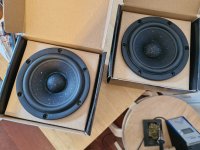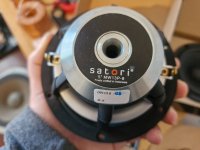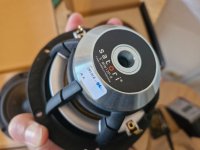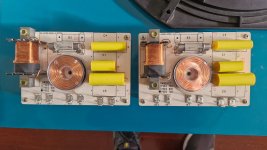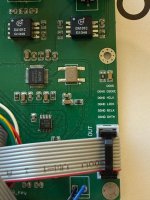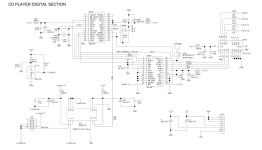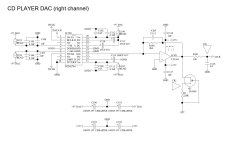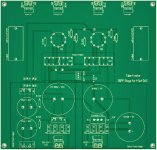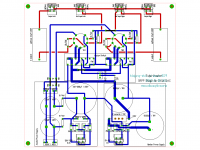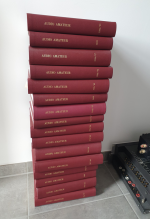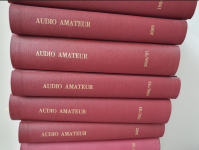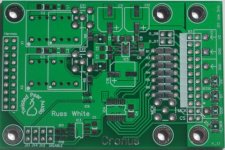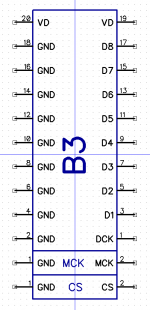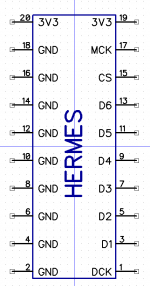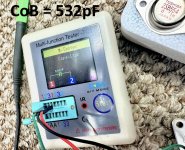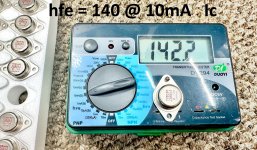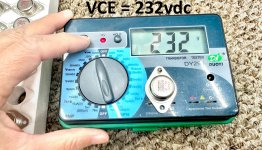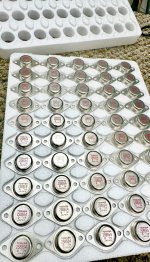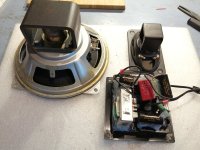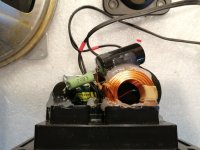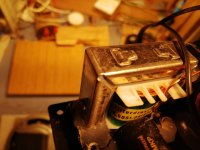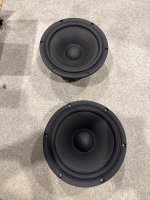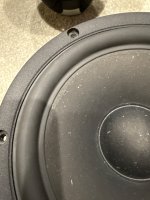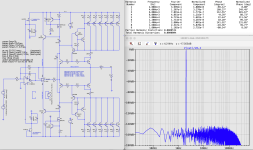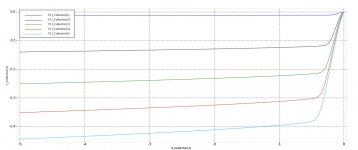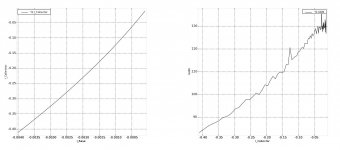OK guys, thinking hats on, because, since the idea's recently come up again, I think it's about time we revisited this design and figured out why this monster TQWT simulates so poorly, yet usually performs well in-room -far better than conventionally accepted wisdom would suggest. I admit I have a liking for this box -I built a rough pair in response to a challenge from Terry a few months ago using the FE166E, and they worked pretty well -in fact, astonishingly so, considering all the apparant anomolies. We're looking at a driver ill-suited for TL loading with a low Q, a pipe with an So of 0 (so a theoretically high F3), and open at the other end, which isn't going to provide much any damping, and a driver position that seemingly dictates a massive hole circa 100Hz.
But it's never as bad as that. There's usually a dip at 100Hz[ish] but ony around 4 db in my experience. I got 28Hz loud and clear from the boxes I built -lower than the model says it should go. And while there's ripple, again, it's never as bad as predicted. So what's going on? Clearly, it's not the fault of Martin's software: his MathCad worksheets don't lie, though they don't take room-gain into account. So it must be what we (or I!) am / are inputting into them.
I understand that this is basically a Fostex factory design from their craft handbooks, which seem to be unavailable, or almost impossible to get hold of -anyone got them, and if so, could you send me an email? How is this thing it sized? I suspect / assume the line length is set to roughly 1/2 the wavelength of the Fs of the driver, but what about everything else? It's a pre Martin design, but what methodology, and how can we figure it out? Whatever it is, I suspect it's quite basic; perhpas it's a case of I can't see the wood for the trees.
That internal baffle particularly interests me for example. Terry's original is 14" deep, yes? Subtract 1 1/2" for the front and rear walls to give us 12 1/2". Now, unless I'm confusing things here (I'm not at my best at the moment, so if I make a stupid error do let me know), I understand that it finishes 5 1/2" from the base, and 5 1/2" from the rear wall. But half of 12 1/2" is not 5 1/2", so surely the expansion of this taper is not constant? If you look carefully at his CAD drawing, it doesn't even look it. It almost seems to be two differentaially tuned pipes, one like a Voigt pipe with a rear vent, venting into a second pipe with different proportions. Thoughts?
Terry commented to me that the FE166E is a great match, and I can't deny it worked pretty well (and I like a warm ballance, believe me), the FE168ESigma is even better, but a friend (you around Dan?) mentioned that in a discussion with Terry shortly afterward, he also suggested the best bet would be a higher Q driver like the FF165K -I assume he's referiing to its 10.92 Qes, because Qts is down at 0.2 which is the lowest of all the Fostex 6" drivers.
Any thoughts and coments are welcome!
Best
Scott

